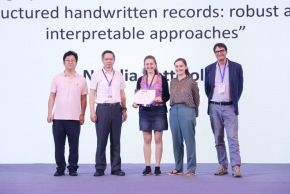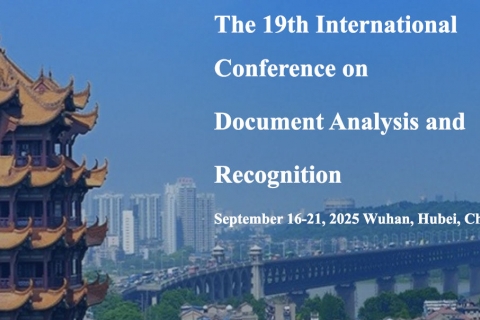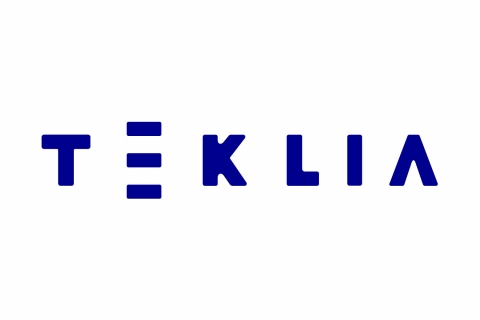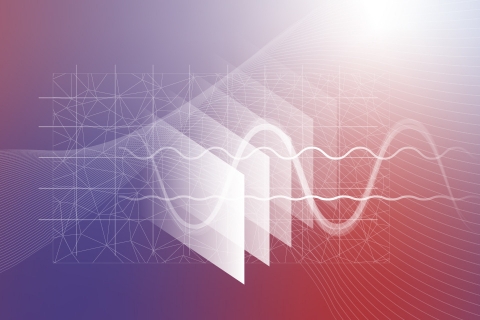Doctoral Consortium at ICDAR 2025
ICDAR (International Conference on Document Analysis and Recognition) est la plus grande conférence internationale pour la communauté de l'analyse et de la reconnaissance de documents.
Depuis 2011, la conférence organise une activité appelée le Doctoral Consortium. D'après le site web de la conférence : "The goal of the ICDAR 2025 Doctoral Consortium is to create an opportunity for PhD students to test their research ideas, present their current progress and future plans, and receive constructive criticism and insights related to their future work and career perspectives. Students will have the opportunity to present an overview of their research plan during the poster sessions of the main conference. In addition, a mentor (a senior researcher who is active in the field) will be assigned to each student to provide individual feedback."
Vincent CHRISTLEIN du Pattern Recognition Lab de la Friedrich-Alexander-Universität Erlangen-Nürnberg était le chercheur assigné à Natalia Bottaioli en tant que mentor pendant l'activité du Doctoral Consortium.
Natalia BOTTAIOLI
Doctorante au Centre Borelli sous la direction de
Handwritten Text Recognition
Handwritten Text Recognition (HTR) is one of the most challenging problems within the long-standing topic of Automatic Text Recognition. The doctoral project of Natalia Bottaioli focuses on transcribing structured handwritten documents, such as birth registries, where typically many documents are produced by the same writer and on pre-printed forms. These structured and redundant patterns make such collections particularly suitable for developing robust, interpretable HTR systems. The primary goal of the thesis is to increase the accuracy of text transcription, aligning with the ongoing global trend of governmental digitization initiatives that aim to preserve historical archives. The current state of the art, which uses very-large-scale end-to-end neural networks, achieves accuracy results no higher than 90%, which is largely insufficient.
To go further, the project of the thesis considers leveraging existing partially transcribed databases, to implement the right combination of advanced deep learning techniques and of image preprocessing and normalization techniques at several steps, while prioritizing interpretability and robustness. The overarching objective is two-fold.
- On the one hand, to contribute to the preservation and accessibility of culturally significant historical documents by generating new models that help improve the current state-of-the-art in HTR.
- On a more general line, to provide a general alternative to the current methodology of AI that involves gigantic models that learn from very large nonspecific and augmented databases.
The alternative considers instead data focusing on single kinds for document, single writers, and specific vocabulary and language model, enabling the use of lightweight networks in a self-reinforcing loop, where the specificity and redundancy of each small data ensemble is exploited by building its specific dictionary of stochastic models and making optimal verifiable decisions.
Applications
- Normalized vs Diplomatic Annotation: A Case Study of Automatic Information Extraction from Handwritten Uruguayan Birth Certificate.
- EmptyT: Empty Template Recovery from Handwritten-Filled Forms



